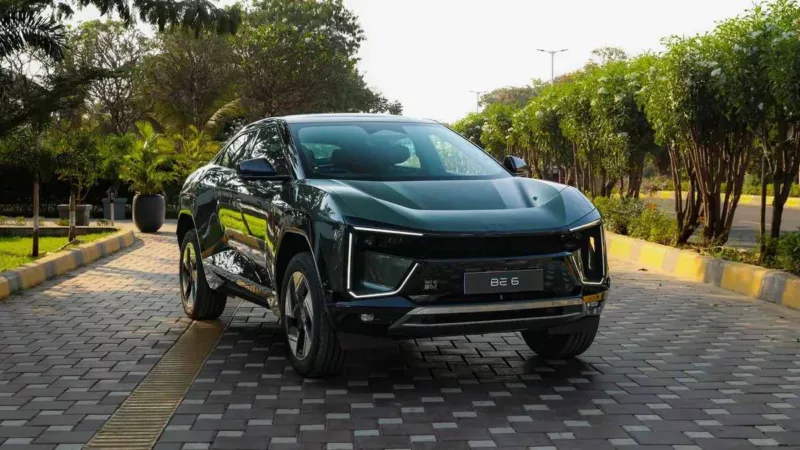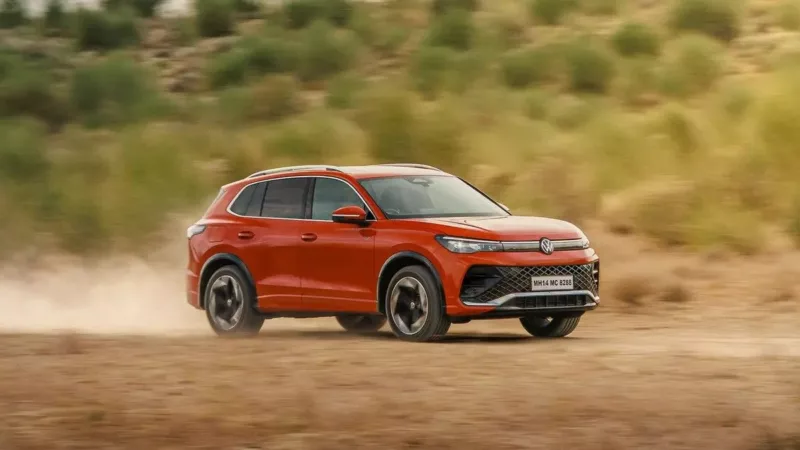More people than ever are choosing to drive an automatic car today. Crowded roads, chaotic traffic conditions and other stress inducing factors have contributed to this trend.
The automatic transmission system was introduced commercially around 1948 by General Motors to offer a no-fuss form of shifting. Automatic cars, as the name suggests, are for those seeking an easier, more relaxed form of driving; with convenience, safety and practicality woven into one.
Time and technological advances have improved and introduced various types of automatic transmissions such as AMT, iMT, CVT, DCT and so on. While each of them are unique in their own ways, in this article we will deconstruct what the AMT and iMT transmissions essentially are.
If you draw a parallel between the AMT and iMT transmissions with the manual transmission, you will find that the two are mechanically very similar to the manual transmission (as compared to other automatic transmissions), with the most apparent difference being ‘user input’.
While the two systems are very different from each other in the way they function, iMT and AMT can actually be looked at as based on the same system with some differences in operation and user input. Let’s see how.
Also read: Small Automatic Cars in India
Automatic Cars on Spinny
What is an iMT?

iMT stands for Intelligent Manual Transmission. This system simply removes the clutch pedal thus reducing a major point of interaction a driver has with the car. It relies on an intelligent intention sensor, hydraulic clutch actuator, and an electronic transmission control unit. This is then put together with a conventional H gearbox which in turn works with the engine of the car. To explain it in even simpler terms, the iMT transmission removes the clutch pedal and uses sensors to use the ‘in-built’ clutch while the power to change gears remains in the drivers’ hands.
What is an AMT?

AMT stands for Automated Manual Transmission. It is exactly as its name suggests – a transmission that automates manual transmission. AMT not only removes the clutch pedal like the iMT but also goes a step further to relieve the driver of the responsibility of shifting gears, thereby reducing user input to a bare minimum.
The AMT system works with the help of a series of sensors and mechanical parts that are being told what to do by the cars ECU (Electronic Control Unit), pre-programmed by respective automotive manufacturers. Sensors and actuators work together to engage the clutch and shift gears and therefore, the only true interaction the driver has is with the accelerator and brake pedal.
iMT vs. AMT: Transmission Compared
Like we’ve said before, iMT and AMT in essence are transmissions based on the same manual gearbox that has been used in cars for a long time. In a simpler world, they could perhaps be called sibling technologies as they share the same base of engineering.
The major difference between these two transmissions is the way they function from the drivers’ perspective. But while driver experience is the most valid ground for comparing the two, they could also be compared on the basis of cost and mileage. Let’s break it down.
iMT vs. AMT: Driving Experience
Let’s say you’re learning how to drive a manual transmission car. You start the car, press the clutch pedal, move the gear from neutral to first, slowly let the clutch go, and press the accelerator pedal to get the car moving. Then, depending on the RPM of your car and the terrain you’re driving on, you press the clutch, shift the gear to the next and repeat this process. Similarly, if you decrease your speed, you must use the clutch again and downshift.
When you use this understanding of manual transmissions to compare the iMT and AMT systems, one similarity you’ll find is the absence of a clutch pedal, which allows the driver to shift gears without pressing their left foot down on the clutch.

The difference in driving experience arises from the absence of a conventional H gearbox in an AMT. All you need to do in an AMT is start the car and move the gear-stick from Neutral to Drive and the car will automatically shift the gear from one to the next depending on your speed and the RPM your car is moving at. If you want to reverse the car, all you have to do is move the gear stick to reverse. You need not worry about pressing the clutch or shifting gears according to the circumstances of the road.
Also read: How to Drive an Automatic Car
Thus, iMTs offer drivers greater control of their cars in terms of gear-shifting by letting them decide when to upshift or downshift. AMTs on the other hand offer peace of mind by automatically changing gears at speeds pre-defined by car manufacturers keeping in mind longevity and mileage.
It’s no doubt that AMTs make driving a breeze especially in peak hour traffic, but the downside to them on account of the automatic changing of gears is a slight lag that is felt in comparison to an iMT, where power is engaged the moment gear shift is initiated by the driver (similar to a manual transmission).
iMT vs. AMT: Cost
There is presently no car manufacturer in India who has both transmissions present in the same model, making a cost comparison between iMTs and AMTs a tad difficult. But we could perhaps touch upon general costs to help you compare the two.
An iMT has fewer components compared to an AMT, so the basic cost of manufacturing is quite similar to an AMT which is a much older technology refined over time. On maintenance, AMT is a little more expensive to maintain as the number of automated parts are more than an iMT, which in the longer run will cost less to maintain than a high end AMT transmission.
To know what works best for your budget, it is best to do an independent analysis of the cars you shortlist with respect to purchase price, service and maintenance to conclude which transmission works best for your pocket.
iMT vs. AMT: Mileage
Comparing an iMT to an AMT on the basis of mileage is simple.
iMTs essentially are manual gear-shift cars with an automatic clutch, and therefore, on paper, have better mileage than manual cars. Nonetheless, fuel-efficiency of iMTs still depends largely on driving style and how frequently drivers’ are able to change gears at the ideal RPMs.
AMTs, on the other hand, come tuned from the factory to shift gears at the right time, to ensure consistent fuel efficiency.
An AMT, therefore, is a hands down winner in this department.

iMT vs. AMT: Conclusion
iMTs and AMTs have advantages in their own right. It is, however, not easy to get a definitive answer on which transmission is best for you, as it depends entirely on your personal preference.
If you’re a driver who likes to take charge of your car’s performance and speed at the shift of gears, and yet enjoy the relief of keeping your left foot free, perhaps the iMT car is best suited to your needs.
If you’re seeking an even easier driving experience and derive delight from merely pressing the brake and accelerator, (perhaps because you often find yourself stuck in city traffic), you may prefer an AMT transmission.
In this particular case, you cannot call one better than the other, as both transmissions have their own sets of enthusiasts.
To conclude, we’d say the choice rests with you and whether you value control over your car, irrespective of your driving conditions, or the feeling of relaxation that comes with not having to change gears at all.
Best AMT Cars in India
Car | Engine | Mileage | Price (ex-showroom) |
Tata Nexon AMT | 1.2-litre turbo petrol 1.5-litre turbo diesel | 17 kmpl 21.5 kmpl | Rs. 9.24-14.07 lakh |
Maruti Celerio AMT | 1.0-litre petrol | 26.68 kmpl | Rs. 6.24-7.00 lakh |
Renault Triber AMT | 1.0-litre petrol | 18.82 kmpl | Rs. 7.70-8.50 lakh |
Best iMT Cars in India
Car | Engine | Mileage | Price (ex-showroom) |
Hyundai Venue | 1.0-litre turbo petrol | 17.8 kmpl | Rs. 9.99-12.07 lakh |
Kia Sonet | 1.0-litre turbo petrol | 18.2 kmpl | Rs. 9.99-12.59 lakh |
Hyundai i20 | 1.0-litre turbo petrol | 20 kmpl | Rs. 8.87-10.20 lakh |


 ne big family!
ne big family!